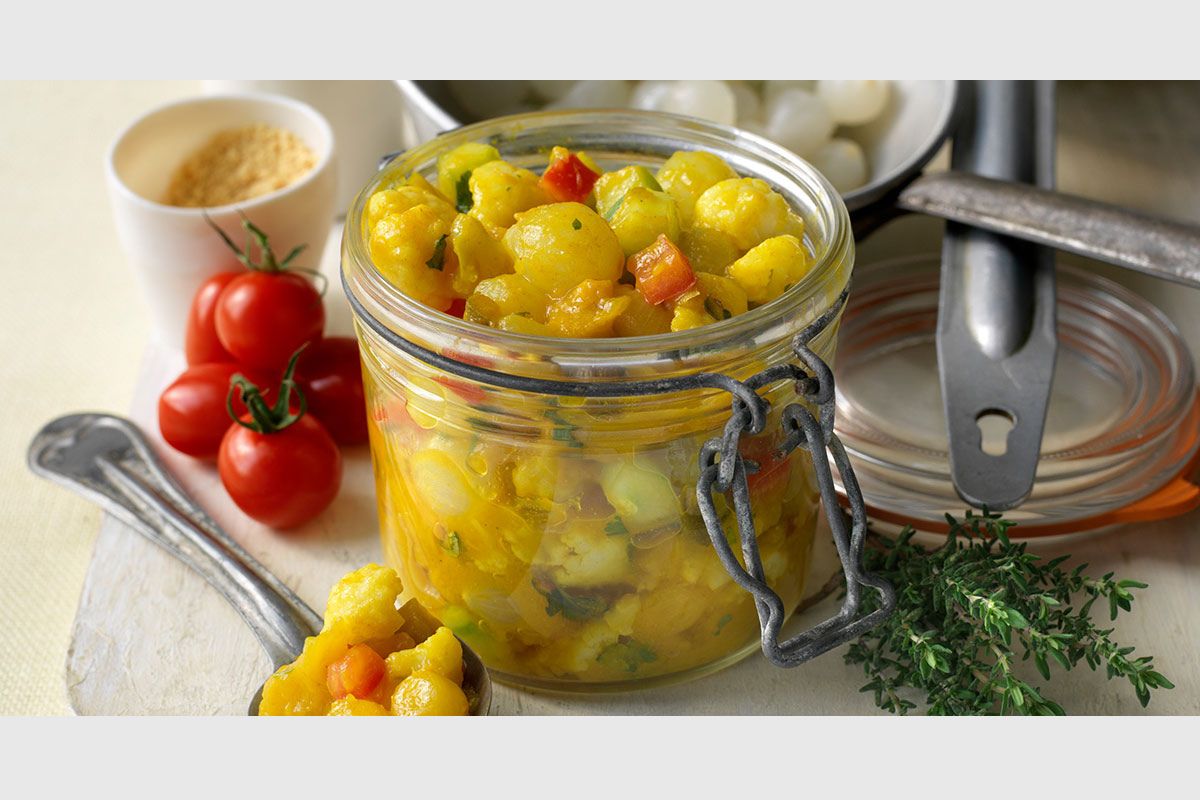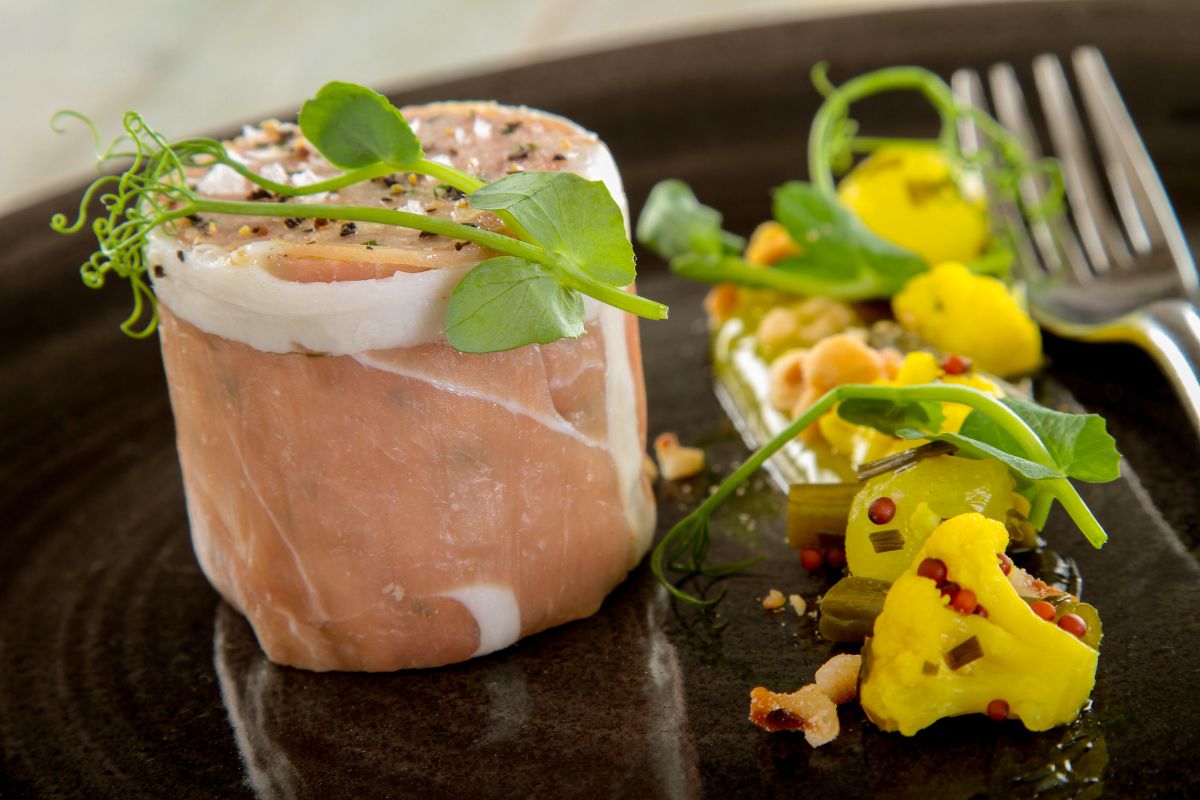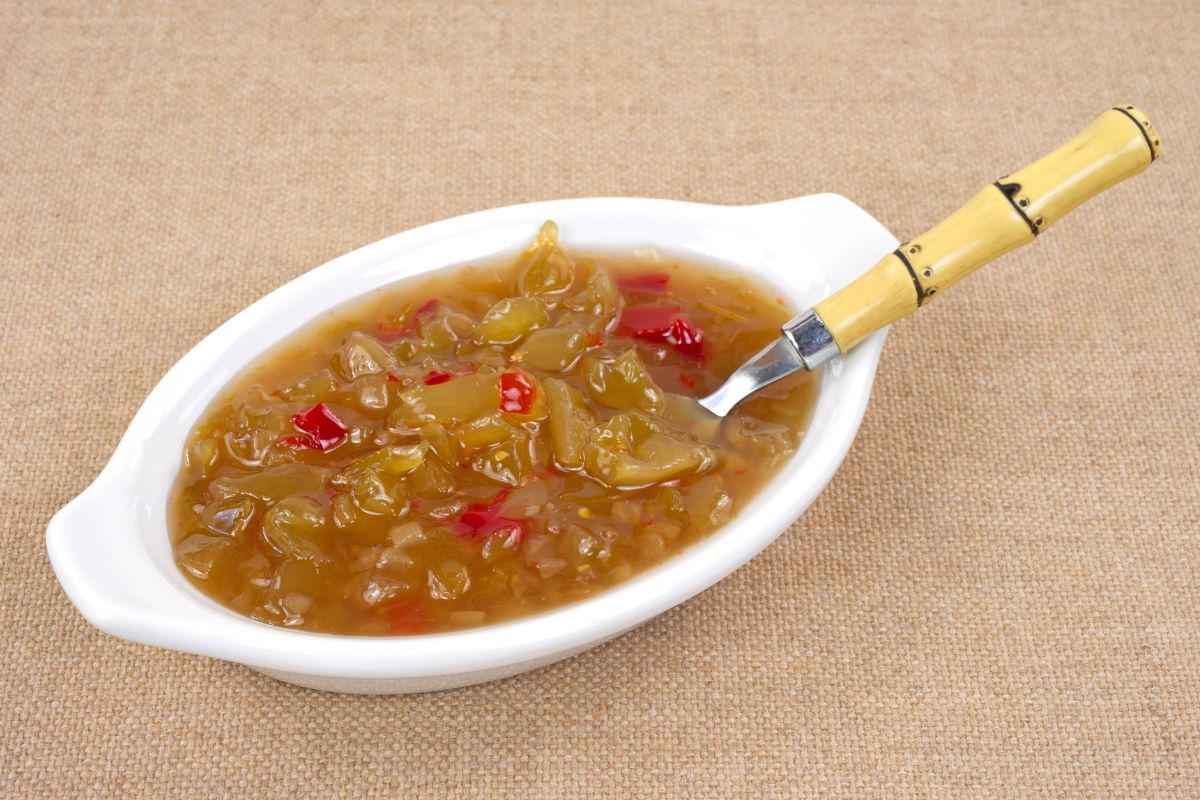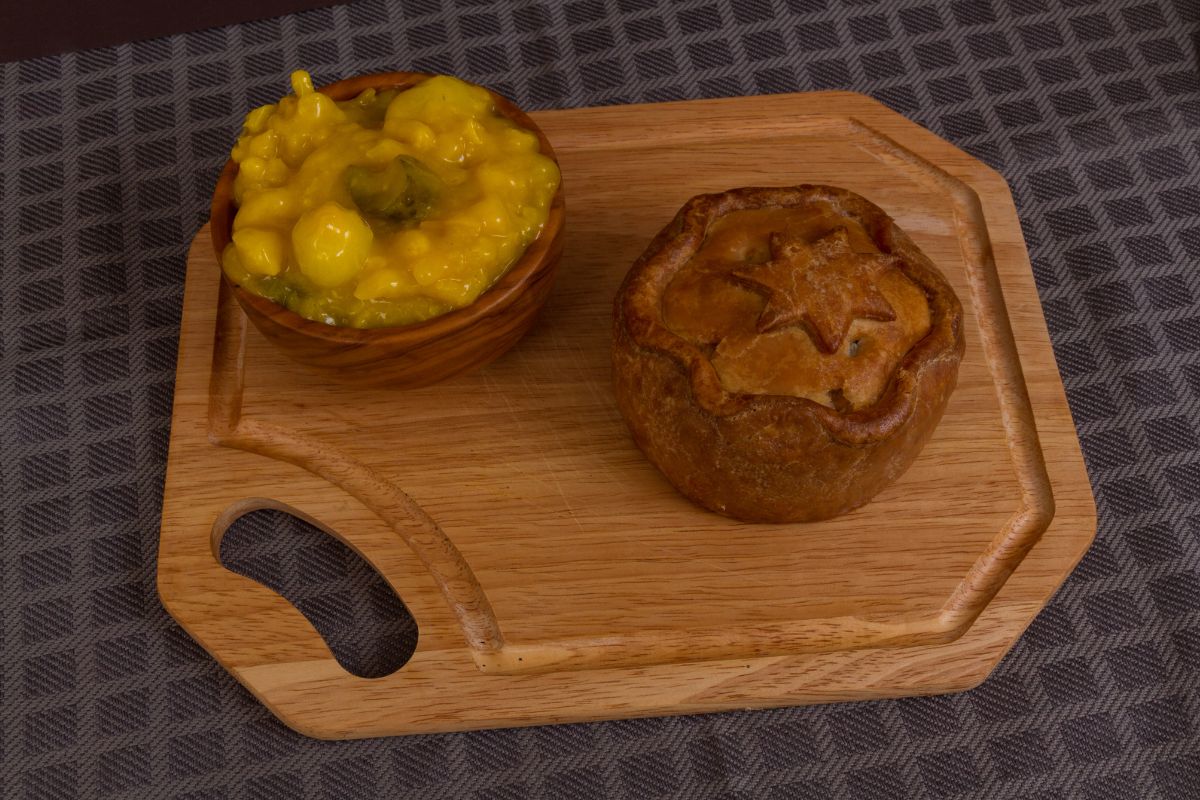What is Piccalilli – The Evolution of Piccalilli in British Cuisine

Piccalilli, a gem of British culinary tradition, is a vibrant and tangy relish that adds a burst of flavor to any dish lucky enough to be accompanied by it. At its core, piccalilli is a concoction of finely chopped vegetables, lovingly pickled in a spicy mustard and turmeric-infused sauce.
The vegetables typically include cauliflower florets, crunchy onions, and tangy gherkins, though variations might feature an array of other vegetables such as green beans, pearl onions, or red bell peppers. The hallmark of piccalilli is its bright yellow hue, owed to the generous inclusion of turmeric in the recipe, which infuses it with a sunny disposition.
Table of Contents
ToggleOrigins of Piccalilli
To truly appreciate piccalilli, we must delve into its historical roots, which reach back to the 18th century, a time when Britain’s culinary landscape was undergoing a transformative fusion of flavors. The name “piccalilli” is believed to be a delightful amalgamation of “pickle” and the Indian term “achar,” hinting at its colonial origins and the influence of Indian pickling techniques.
A pivotal moment in its history was the publication of Hannah Glasse’s seminal cookbook, “The Art of Cookery Made Plain and Easy,” in 1758, which featured a recipe for “Indian Pickle,” a precursor to the modern-day piccalilli. As Britain’s global reach expanded during the colonial era, so too did the popularity of piccalilli, firmly establishing it as a beloved condiment in British households by the 19th century.
Uses of Piccalilli

Piccalilli’s versatility knows no bounds, making it a cherished companion to a myriad of culinary delights. Its tangy and slightly spicy flavor profile pairs exquisitely with cold meats, adding a zingy kick to ploughman’s lunches—a quintessential British meal featuring bread, cheese, and assorted pickles.
But piccalilli’s charms extend far beyond the realm of sandwiches and cheeseboards; it is equally at home atop burgers, nestled within salads, or as a star player in picnic spreads, injecting a burst of flavor into every bite. It’s the culinary chameleon that effortlessly elevates any dish it graces.
How to Make Piccalilli
Here’s an easy-to-follow guide to making your own batch of this favorite condiment:
Ingredients
- A medley of vegetables (cauliflower, green beans, pearl onions, cucumbers, red bell peppers)
- Salt
- White vinegar
- Sugar
- Flour
- Mustard powder
- Turmeric
- Ground ginger
- Mustard seeds
- Black pepper
Instructions
Brine the Vegetables: Submerge the chopped vegetables in a saltwater brine overnight to impart flavor and crunch.
Rinse and Drain: The following day, rinse the vegetables thoroughly to remove excess saltiness.
Prepare Pickling Mixture: In a large pot, bring vinegar and sugar to a gentle boil. Whisk in flour, mustard powder, turmeric, ground ginger, mustard seeds, and black pepper until the mixture is smooth and fragrant.
Cook: Add the brined vegetables to the pot and simmer gently until they are tender yet retain their crispness, allowing the flavors to meld together harmoniously.
Bottle: Carefully ladle the hot piccalilli into sterilized jars, seal them tightly, and allow them to cool to room temperature.
Store: Store the jars in a cool, dark place for at least a month to allow the flavors to develop and intensify. Once opened, refrigerate to maintain freshness.

Difference Between Piccalilli and Pickle
Ingredients
- Pickle: This term encompasses a broad range of vegetables or fruits preserved in a solution of vinegar, salt, and spices. Cucumbers, onions, carrots, peppers, among others, are commonly used, resulting in a spectrum of flavors from sweet to spicy.
- Piccalilli: This specific type of pickle is typically crafted from a medley of vegetables like cauliflower, green beans, pearl onions, cucumbers, and red peppers. Its distinctive yellow hue, derived from turmeric, pairs with a tangy, slightly spicy taste attributed to mustard and assorted spices.
Preparation
- Pickle: The process involves immersing chosen vegetables or fruits in a brine or vinegar solution, often seasoned with a variety of spices. Methods range from fermentation, as seen in sauerkraut, to quick pickling.
- Piccalilli: Preparation begins with chopping the vegetables, soaking them in brine overnight, draining, and rinsing before cooking in a spiced vinegar sauce thickened with flour, mustard powder, turmeric, and other spices. The mixture simmers until the vegetables reach a tender yet crisp consistency.
Flavor and Appearance
- Pickle: With a multitude of ingredients and methods, pickles exhibit diverse flavors, ranging from sour to sweet to spicy, with corresponding appearances.
- Piccalilli: Characterized by its tangy, slightly spicy flavor and thick, mustardy sauce, piccalilli boasts a vibrant yellow hue courtesy of turmeric. Its texture tends to be chunky due to the inclusion of mixed vegetables.

Regional Variations
- Pickle: Diverse regional and cultural variations abound, including dill pickles, bread-and-butter pickles, kimchi, and achar.
- Piccalilli: While commonly associated with British cuisine, piccalilli variations can be found in other countries, such as American renditions that may lean towards sweetness and incorporate ingredients like green tomatoes and bell peppers.
Conclusion
Piccalilli, a quintessential gem in British culinary tradition, offers a vibrant burst of tangy relish to any dish fortunate enough to be graced by its presence. Crafted from finely chopped vegetables pickled in a spicy mustard and turmeric-infused sauce, its hallmark yellow hue reflects both its colonial origins and sunny disposition.
From its roots in the 18th century to its prominence in British households by the 19th century, piccalilli has woven itself into the fabric of culinary heritage. So, as you indulge in its tangy goodness, relish not just the taste, but the rich tapestry of stories it encapsulates.
Published by Eliana Ball
Passionate Writer at The London Wire | Wordsmith Extraordinaire | Crafting Engaging and Captivating Stories One Page at a Time | Lover of Words View more posts
Recent Post
Letflix: A New Age of Streaming Entertainment







